おすすめの Google 拡張機能です!新しい言葉を勉強しましょう!
Here are the recommended Chrome extensions! Let’s learn new words here!
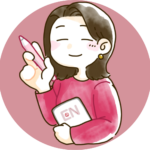 えみ先生
えみ先生みなさん、こんにちは!
Konnichiwa, everyone!
My husband and I went to Kinugawa and Nikko, Tochigi, for our 3rd wedding anniversary trip!
It was snowy unexpectedly, but it turned out so much fun!❄️
From snowy landscapes to hot springs and historic shrines, there’s something for everyone—add these spots to your Japan travel bucket list!
Watch Our Vlog: Experience Kinugawa & Nikko!
If you love watching travel adventures, check out our Vlog for Kinugawa & Nikko—it’s like being there with us!
And don’t forget to like and subscribe for our next trip and other Japanese content!
鬼怒川 | Kinugawa
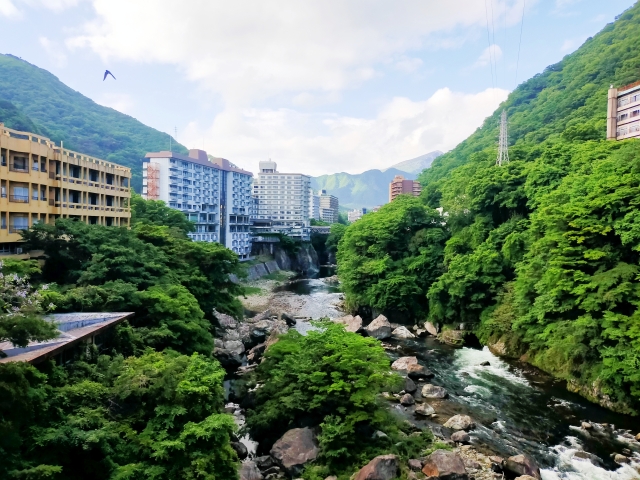
Kinugawa is a historic and traditional area in Tochigi Prefecture.
It’s famous for its onsen (hot springs) and attracts over a million visitors every year.
We chose Kinugawa for our anniversary trip to fully relax, unwind, and make our special day even more memorable.
🍱駅弁 | Ekiben (Train Station Bento)
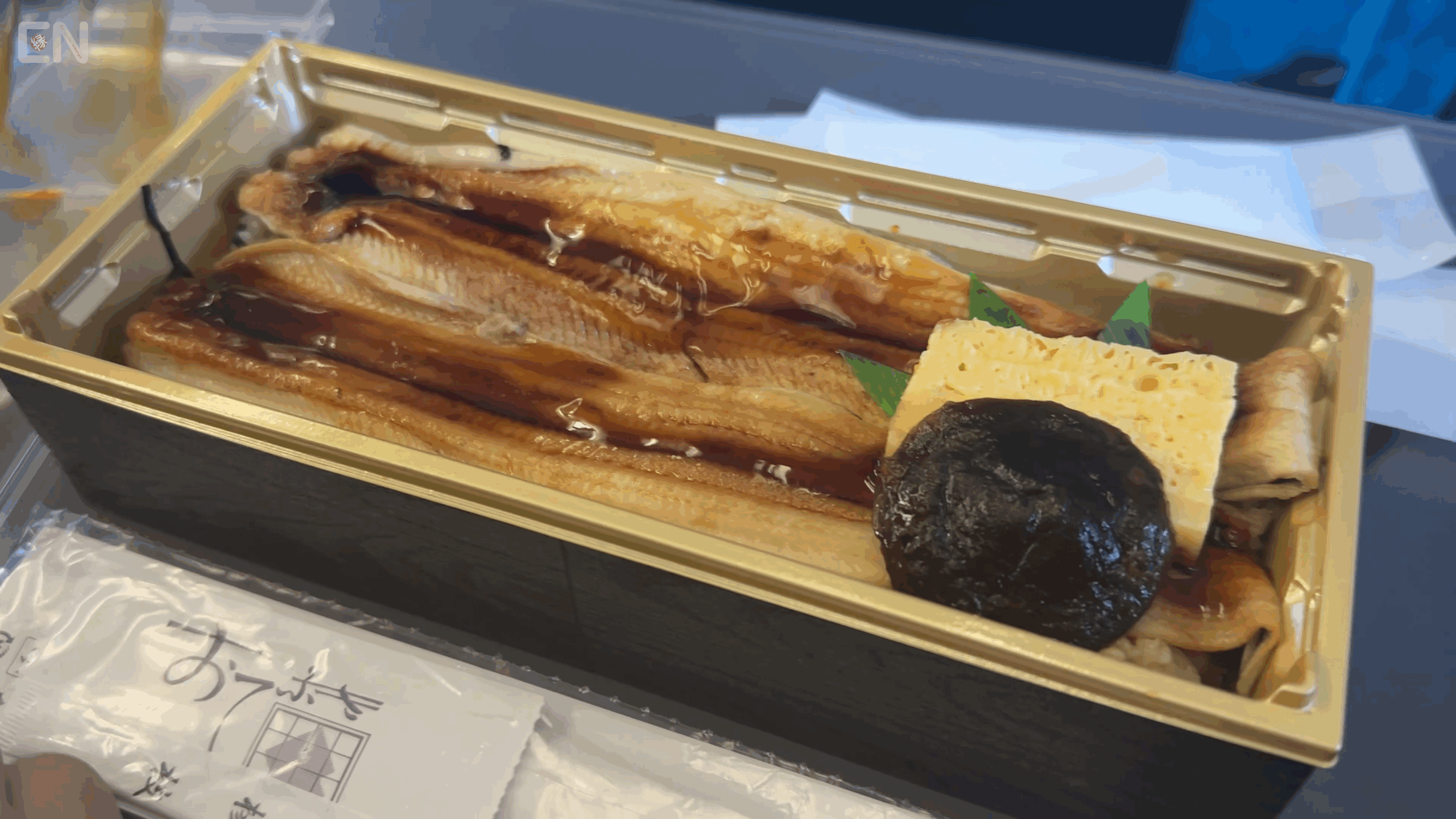
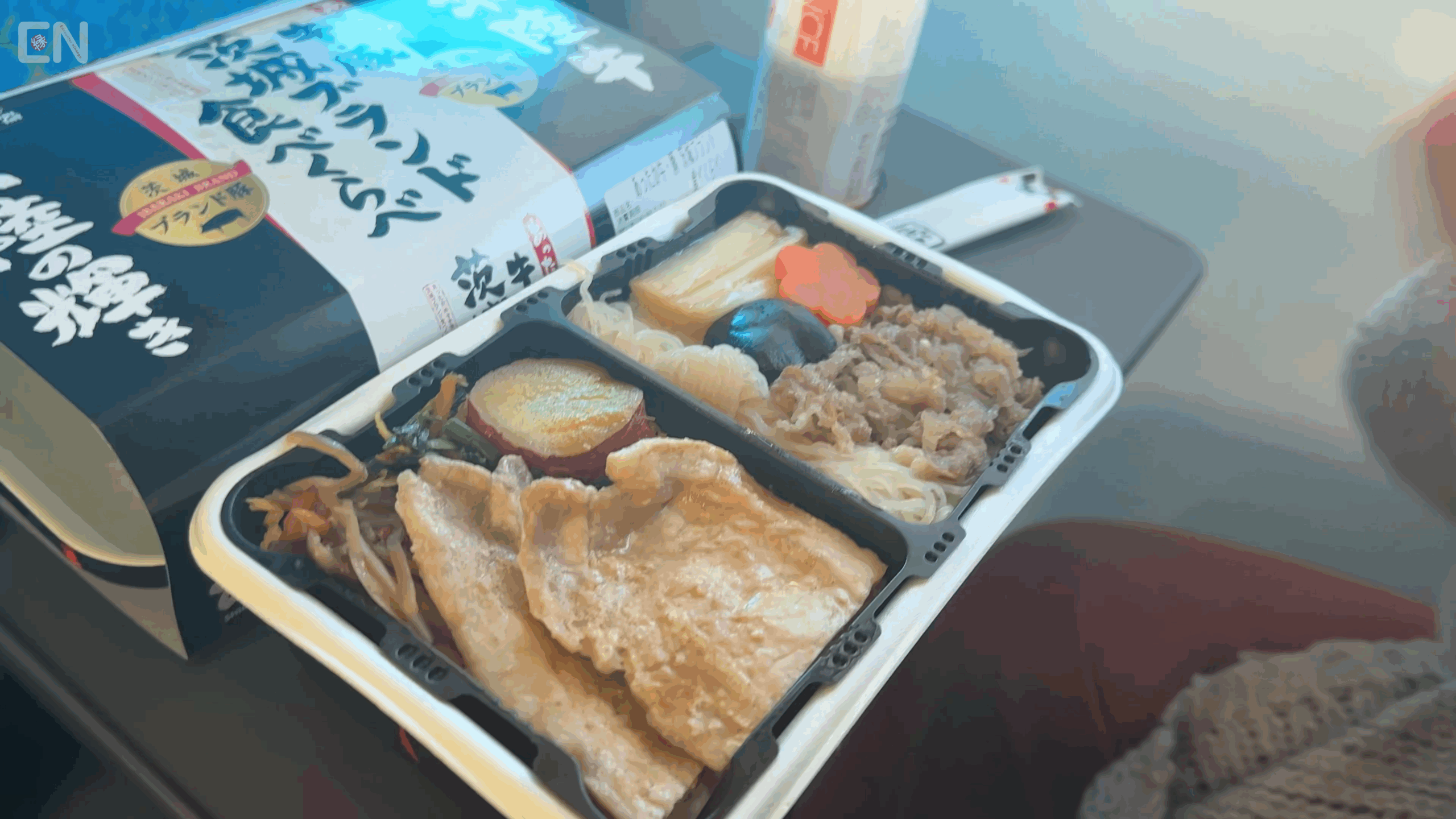
Have you ever heard of Ekiben?
Ekiben are special boxed meals sold at train stations, often featuring local specialties from the region. Trying different ones is a fun way to taste a bit of Japan as you travel! (Eki = station, Ben = comes from “bento”)
You might also have heard that eating and drinking are generally prohibited on Japanese trains.
This is true for local trains, but on Shinkansen and other Express trains—where all the seats face forward—you can enjoy your food and drinks.
So don’t hesitate to try some Ekiben and make your travel time even more enjoyable with delicious food!
We bought ours at Shinjuku Station (Ekibenya Itadaki).
日本語クイズ | Japanese Quiz (Commenting):
❓ How do you say “It’s exciting / I’m excited” in Japanese?
- 「ワクワクするね」(Waku-waku suru ne – casual)
Onomatopoeia “Waku-waku” → expresses excitement or anticipation
Other phrases you can use:
- 「楽しみだね。」(Tanoshimi da ne. – casual)
- 「楽しみですね。」(Tanoshimi desu ne. – polite)
🚂SL大樹〜電車 | SL Taiju – Steam Train ~ Local Train Ride
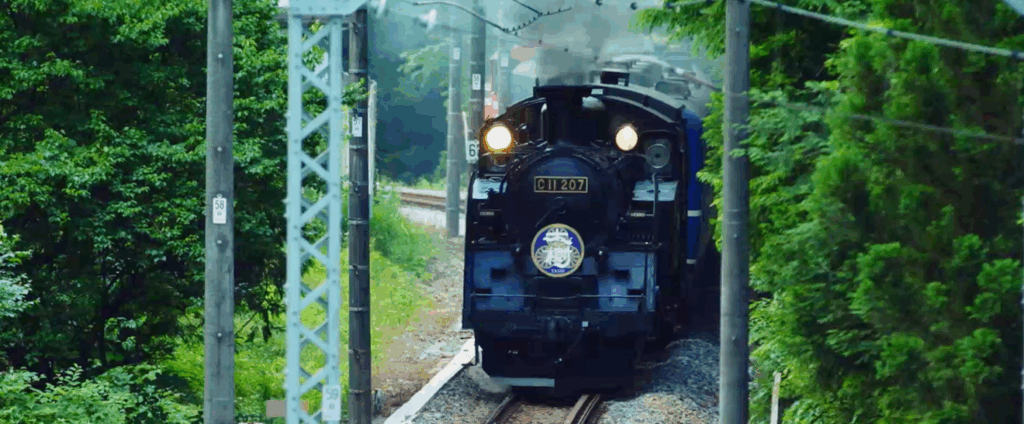
We transferred from the Express to a local train, and along the way, we spotted the cool SL Taiju, a steam locomotive-inspired train.
Although we didn’t ride it ourselves, you can book a trip on Taiju to enjoy a nostalgic journey all the way to Kinugawa Onsen Station.
日本語クイズ | Japanese Quiz (Train Announcement):
❓ What’s the Japanese word for “local (train)” and “one staff member operating”?
The announcement on our local train after transferring said:
「この電車は、各駅停車、新藤原行きワンマン列車です。」
- 各駅停車 (Kakueki Teisha) – Local train that stops at every station
- ワンマン (Wan-man) – Operated by a single staff member
🗼東武ワールドスクウェア | Tobu World Square

World Square is a miniature theme park where famous landmarks from around the world are recreated in tiny, intricate detail.
You can see the Eiffel Tower, the Statue of Liberty, and even Tokyo Tower and Tokyo Skytree—all in one place in Japan!
It’s amazing how realistic everything looks, and walking through the park feels like a world tour in miniature.
日本語クイズ | Japanese Quiz (At the Cashier):
❓ How do you ask “Can I pay by card?” in Japanese?
「カードでも いいですか?」(Kaado demo ii desu ka?)
Other phrases you can use:
- 「カード (Or other payment methods) は 使えますか?」(Kaado wa tsukaemasu ka? – polite)
- 「カード (Or other payment methods) 、いけますか?」(Kaado ikemasu ka? – slightly casual)
♨️足湯(鬼怒川温泉駅) | Foot Bath at Kinugawa Onsen Station

Kinugawa Onsen Station has a public foot bath where you can soak your feet in hot spring water.
It’s incredibly relaxing after a day of exploring, but be careful—it was quite hot!
You can even hear me saying “ATSUI” multiple times in my vlog… 😅
🍽️鬼怒川でのランチ | Lunch in Kinugawa
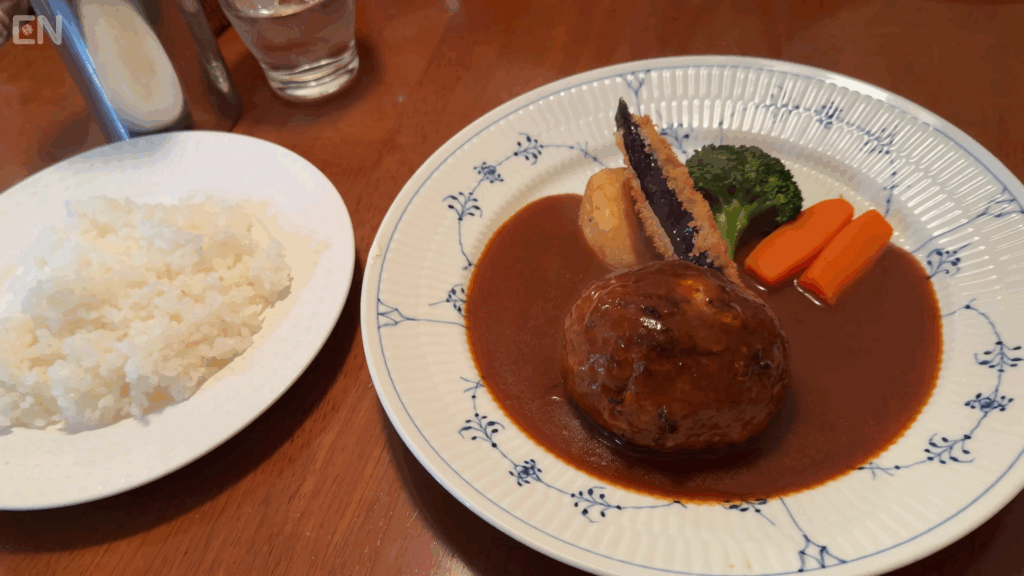
We had lunch at Salon de Thé OKA, a cozy café with friendly staff—perfect for warming up after a chilly day outdoors (or to enjoy a relaxing break in summer, too!).
👹鬼の階段 | Oni-no-Kaidan (“Demon Stairs”)
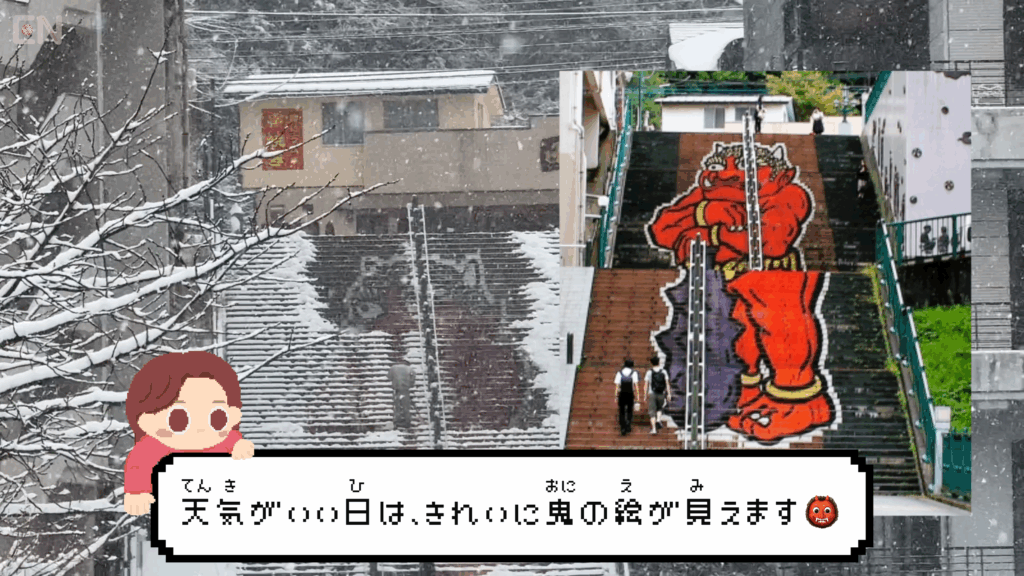
Unfortunately, we couldn’t see the giant demon on the stairs because of the heavy snow.
But it’s huge and definitely a sight to behold!
This quirky artwork makes for fun photos and is one of the unique features of Kinugawa.
日光 | Nikko
🌉二荒山神橋 | Futarasan Shinkyo Bridge
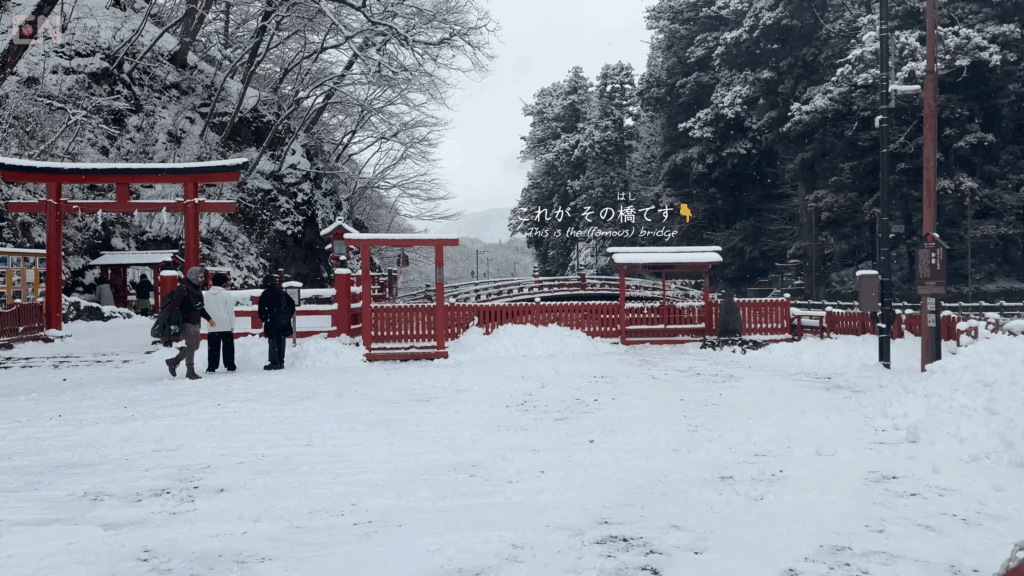
The Futarasan Shinkyo Bridge is famous for its traditional design and picturesque surroundings.
The striking red bridge contrasts beautifully with the natural scenery, making it a popular spot for photos.
You can cross the bridge after paying a small fee, but I wouldn’t really recommend it—it’s a dead end, and you can only turn back unless you just want to take a picture on the bridge.
⛩️輪王寺 | Rinnoji Temple
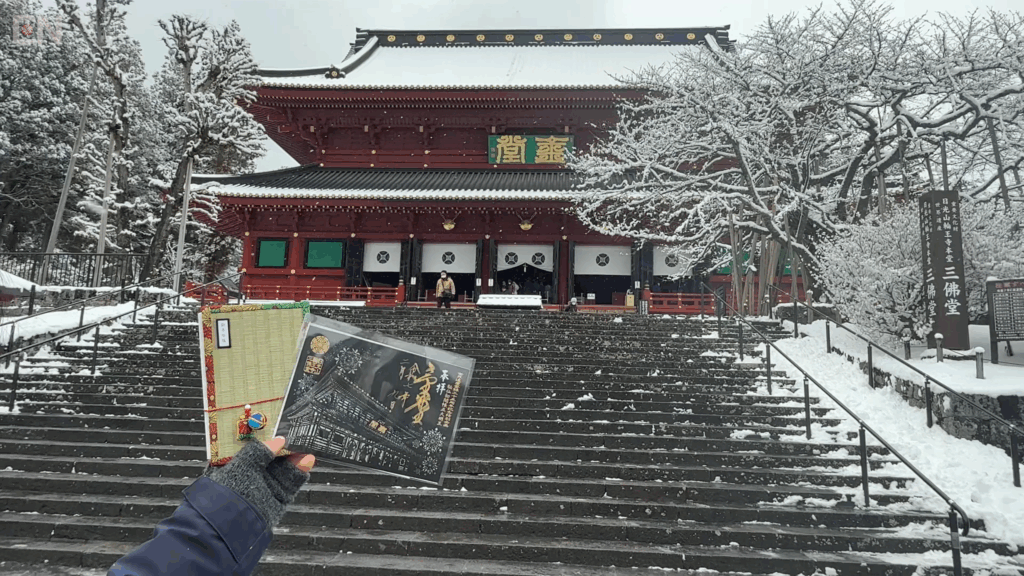
I’ve been collecting Goshuin (temple and shrine stamps), and I couldn’t miss getting one from Rinnoji Temple — it features an intricate, paper-cut–style design.
Collecting goshuin is a traditional way to remember visits to temples and shrines, and Rinnoji’s designs are especially artistic and unique.
Plus, Rinnoji itself is part of the UNESCO World Heritage Sites!
日本語クイズ | Japanese Quiz (Asking for Goshuin):
❓ How do you say “One Goshuin, please.” in Japanese?
「御朱印、1枚 お願いします。」(Goshuin, ichi-mai onegai shimasu.)
Goshuin is written on paper, so we use the counter ~枚 (–mai, the counter for flat objects).
However, since it’s believed to have a spiritual blessing (御神徳 goshintoku), some people also use ~体 (–tai, the counter for bodies or sacred objects).
⛩️日光東照宮 | Nikko Toshogu
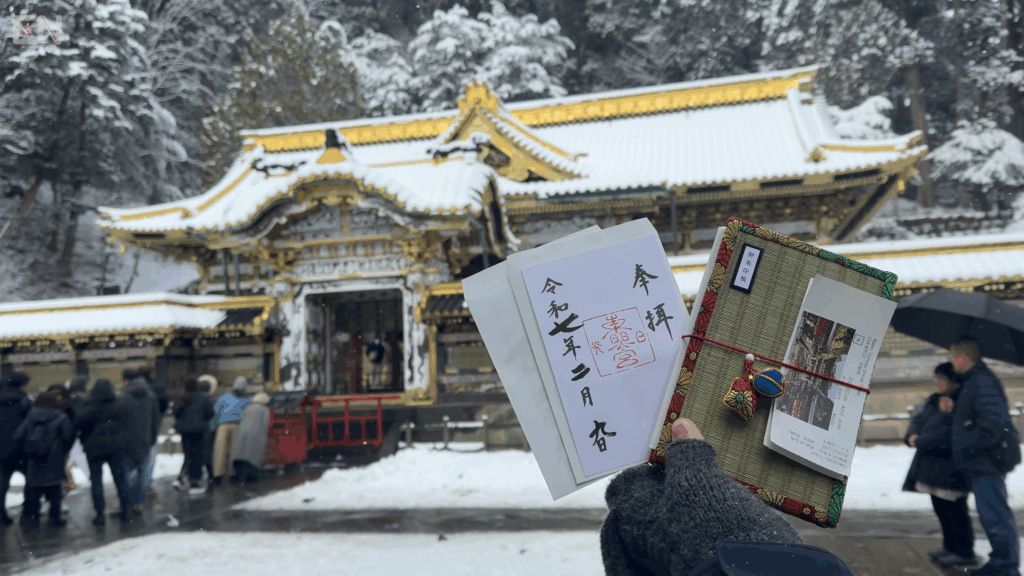
Nikko Toshogu Shrine is one of Japan’s most ornate and historically important shrines.
It was built in the 17th century to enshrine Tokugawa Ieyasu, the first shogun who unified Japan.
The shrine complex features stunning carvings, gold decorations, and famous motifs like the “Three Wise Monkeys” and the “Sleeping Cat.”
🎫拝観料 (Haikan-ryo) | Admission Fee
Admission: 700 JPY for adults.
Buying tickets online in advance saves time, especially on busy days.
🐒三猿 (Sanzaru) | Three Wise Monkeys
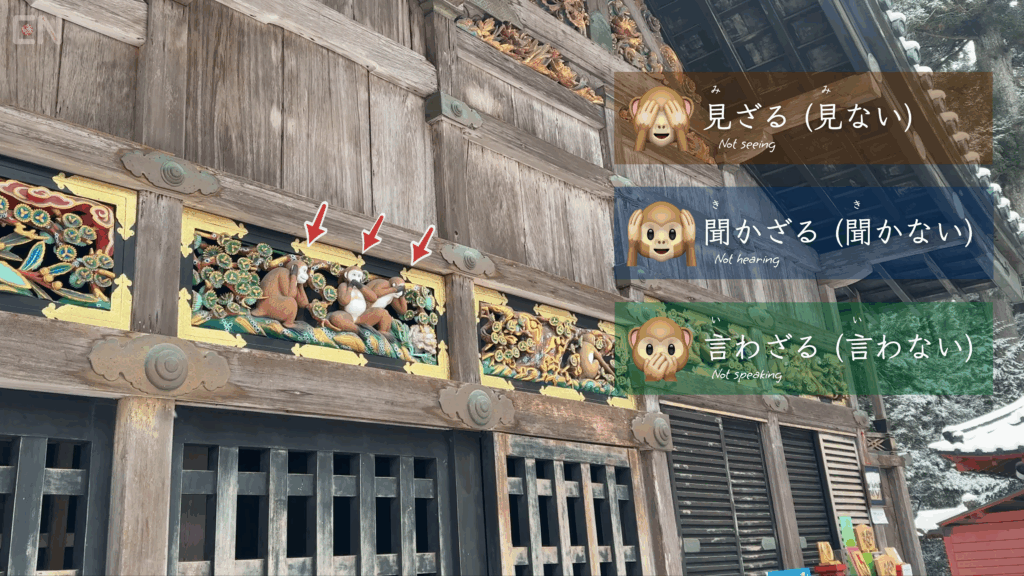
You might have seen these monkey emojis 🙈🙉🙊 before!
They actually come from the story of the Three Wise Monkeys (Sanzaru) in Japan.
The famous “Three Wise Monkeys” carving at Nikko Toshogu Shrine symbolizes wisdom:
- 見ざる (mizaru) — see no evil 🙈
- 言わざる (iwazaru) — speak no evil 🙊
- 聞かざる (kikazaru) — hear no evil 🙉
In old Japanese, the ending 〜ざる (-zaru) is an old-fashioned form of 〜ない (-nai), meaning “not.”
So 見ざる literally means “not see,” and so on.
It’s one of the highlights of Nikko Toshogu, along with ornate carvings and beautiful gold decorations.
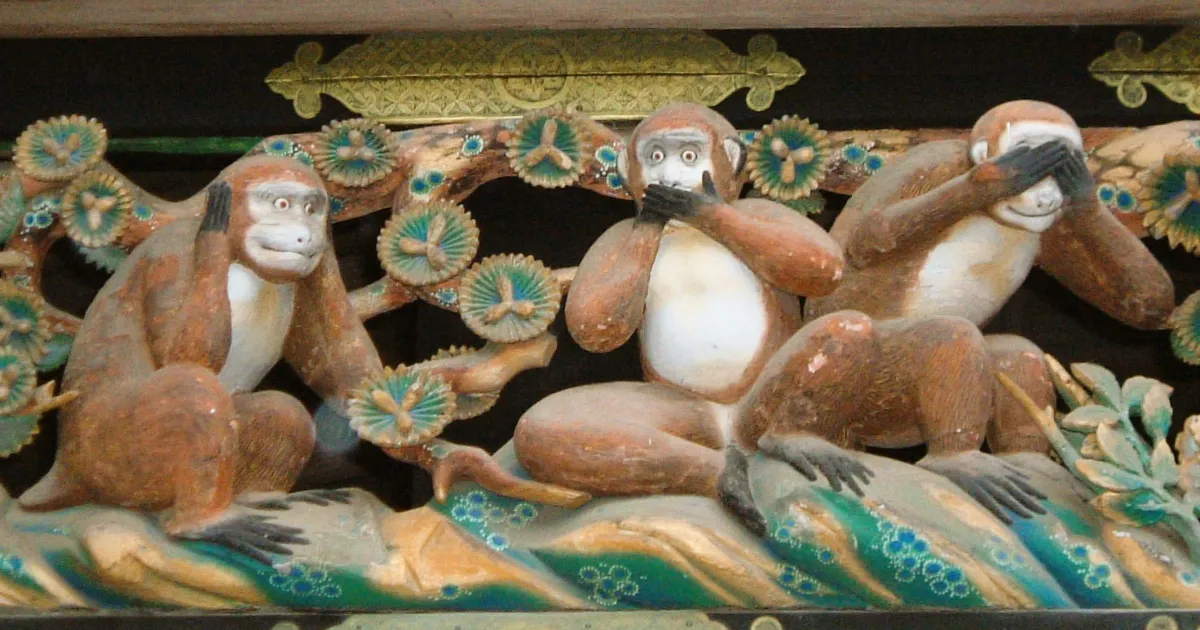
🙏神社・お寺のエチケット | Shrine & Temple Etiquette
- Avoid walking in the center of the path — it’s believed to be the way for the gods.
- When you pass through a torii gate, bow once before entering, and bow again when you leave.
It’s not mandatory, and even some locals don’t pay much attention to it (I forget it sometimes, too!), but it definitely shows your respect for Japanese culture!
⛩️二荒山神社 | Futarasan Shrine
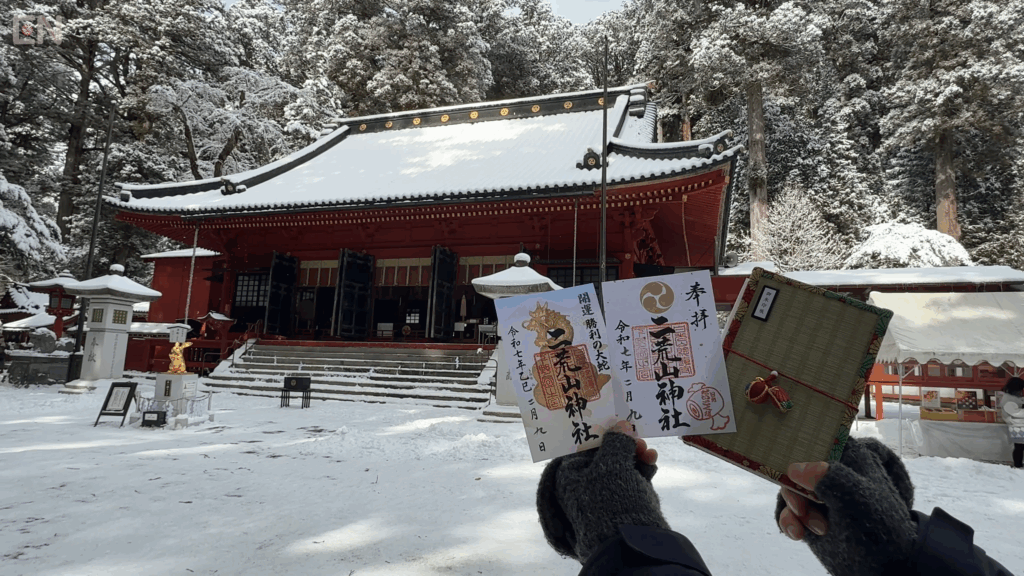
Futarasan Shrine is famous as a place for good relationships and marriage.
Here you can find the Meoto-sugi (Married Couple Cedars) — two cedar trees with roots that are connected — as well as Oyako-sugi (Parent and Child Cedars). These sacred trees are symbols of love, family harmony, and strong bonds.
Since it was our 3rd wedding anniversary, we made sure to visit the Meoto-sugi and offer our prayers. 💕
💧手水舎 (Temizu-ya/Chozu-ya) | Purification Fountain
At the temizuya, visitors wash their hands and rinse their mouths to purify themselves before entering the shrine.
If a ladle is provided, be sure to use it properly — check the instructions, like those provided at Japan’s largest shrine, Ise Jingu!
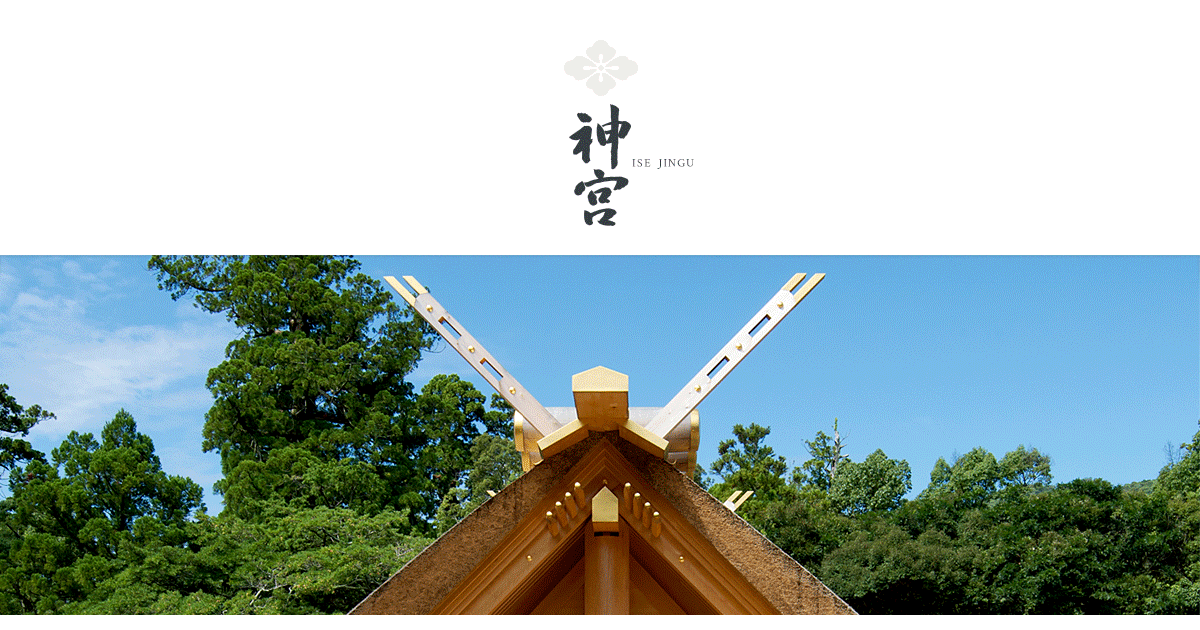
参拝のし方 | How to Pray:
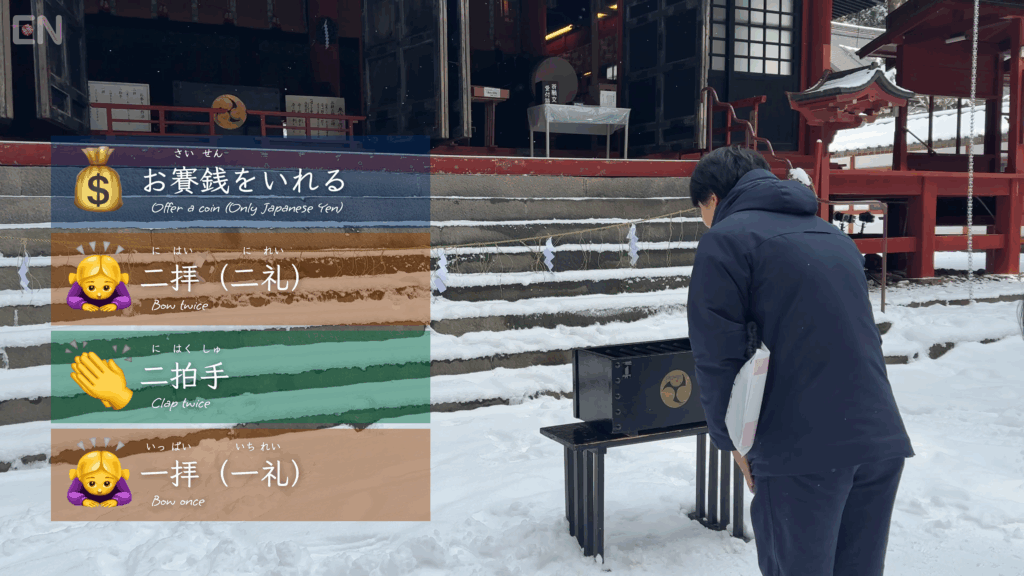
The way of praying is actually a little different between shrines and temples.
Here’s how to pray at a shrine:
- お賽銭を入れる | Offer coins
- 二拝(二礼) | Two bows
- 二拍手 | Two claps
- お祈り | Pray
- 一拝(一礼) | One final bow
🍽️日光でのランチ | Lunch in Nikko
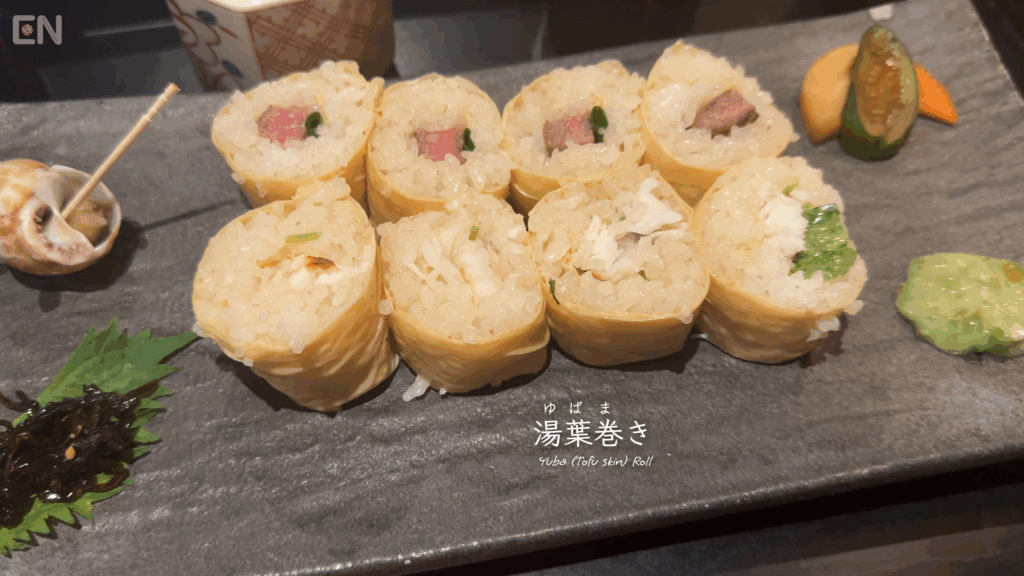
Have you heard of Yuba? It’s tofu skin!
Here we have a Yuba Maki — a tofu skin roll.
You can choose the filling: meat, fish, or vegetables.
日本語クイズ | Japanese Quiz (Telling About Your Reservation):
❓ How do you say “I have a reservation under [Name] at [Time]?” in Japanese?
「12時に予約した [なまえ] です。」([juu-ni *12] ji ni yoyaku shita [Name] desu.)
Make sure to say your full name in Japanese pronunciation or spelling.
You can use this phrase:
「スペルは…、—— です。」(Su-pe-ru wa … [spelling] desu.) → “The spelling is …”
🚶食べ歩き | Street Food & Meals
Tabearuki (eating while walking) might sound like you can walk around while eating, but the unspoken rule is to finish your food in front of the shop where you bought it.
So even though the name says “walking,” people usually stand and enjoy their food right there.
雲IZU | Kumo Izu
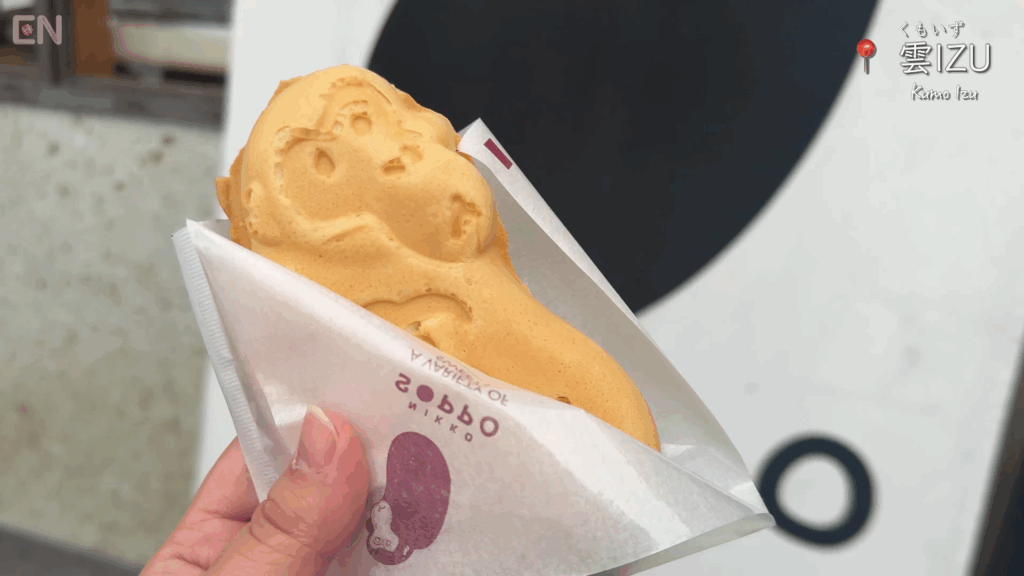
They have these cute monkey-shaped pancakes filled with custard, red bean paste, or other delicious fillings!
They’re not only tasty but also fun to look at — perfect for a little snack while exploring.
日本語クイズ | Japanese Quiz (Ordering):
❓ How do you say “I‘ll have [number] of [item/food].” in Japanese?
「[たべもの]、〜つ お願いします。」([Food/item], ~ tsu onegai shimasu.)
The counter 〜つ is used for general counting, but some numbers can be tricky!
Here’s a quick guide:
🔢 ひとつ(hito-tsu)、ふたつ(futa-tsu)、みっつ(mit-tsu)、よっつ(yot-tsu、いつつ(itu-tsu)、
むっつ(mut-tsu)、ななつ(nana-tsu)、やっつ(yat-tsu)、ここのつ(kokono-tsu)・・・
You can use this phrase:
「[たべもの]、〜つ ください。」([Food/item], ~ tsu kudasai.)
NASUのラスク屋さん | Nasu Gelato & Rusk
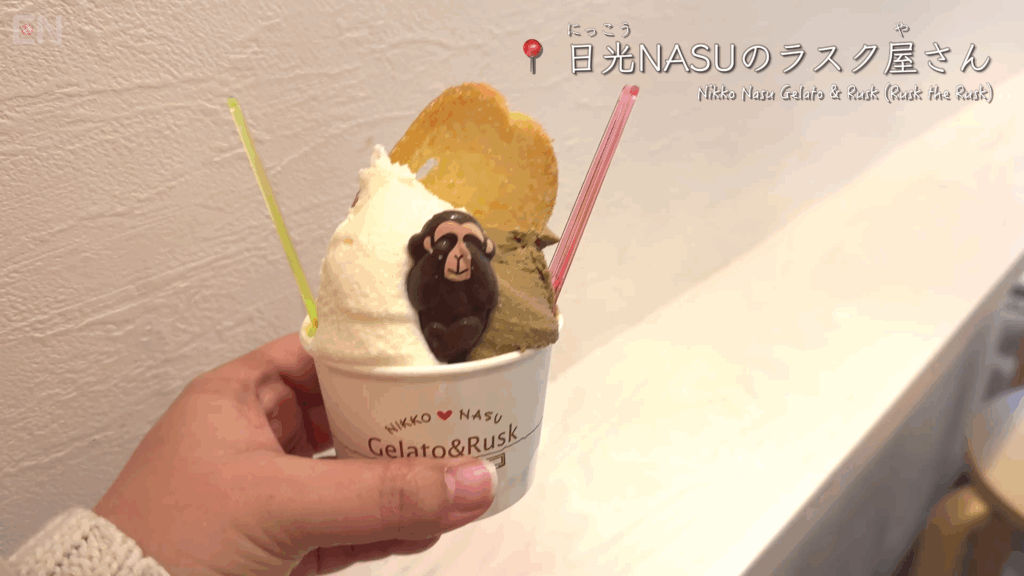
This shop sells gelato topped with a cute chocolate shaped like the famous “Three Wise Monkeys”, and you can also buy rusks as souvenirs!
Which monkey you get is random, but I got the “Mizaru (See no evil) 🙈” one!
泊まったホテル | Hotel We Stayed
🏨鬼怒川観光ホテル | Kinugawa Kanko Hotel
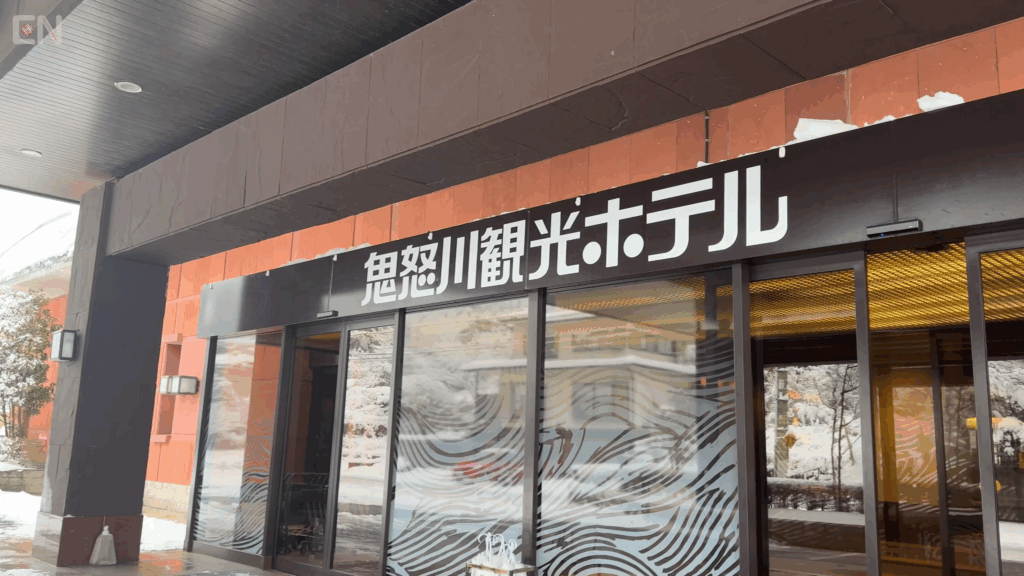

Kinugawa Kanko Hotel is a recently renovated hotel, so it was very clean and had lots of fun things to do!
We chose this hotel because I had a coupon and some points from a travel agency, but we both liked it so much that we want to come back again!
Here are some of our favorite things about the hotel:
🍻Unlimited Drinks in the Lounge
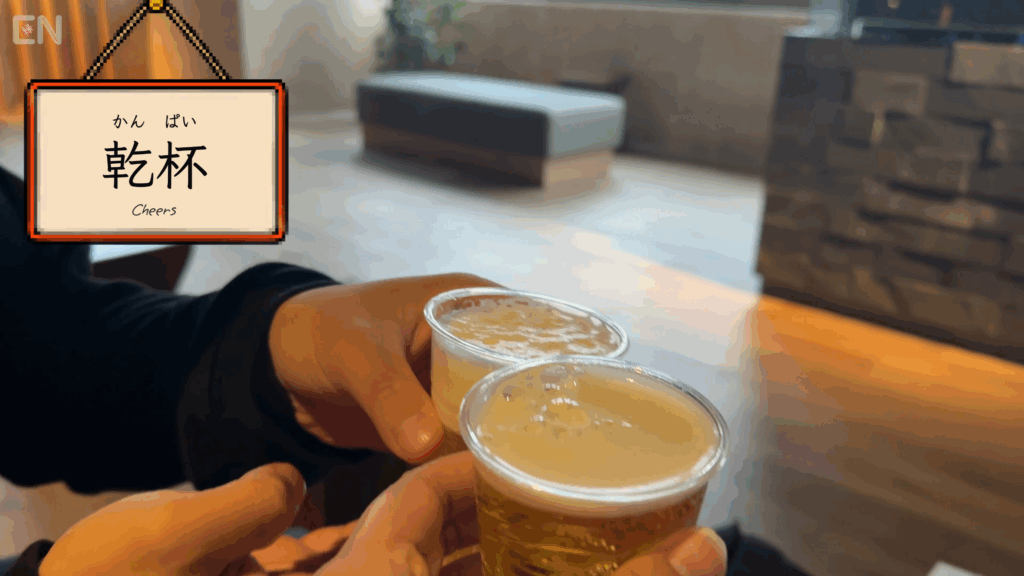
After checking in, you can enjoy alcohol or juice as much as you want.
But don’t get too full or tipsy—you still want to enjoy the onsen, buffet, and other fun activities!
🎤Karaoke Room — Free until 7 PM!
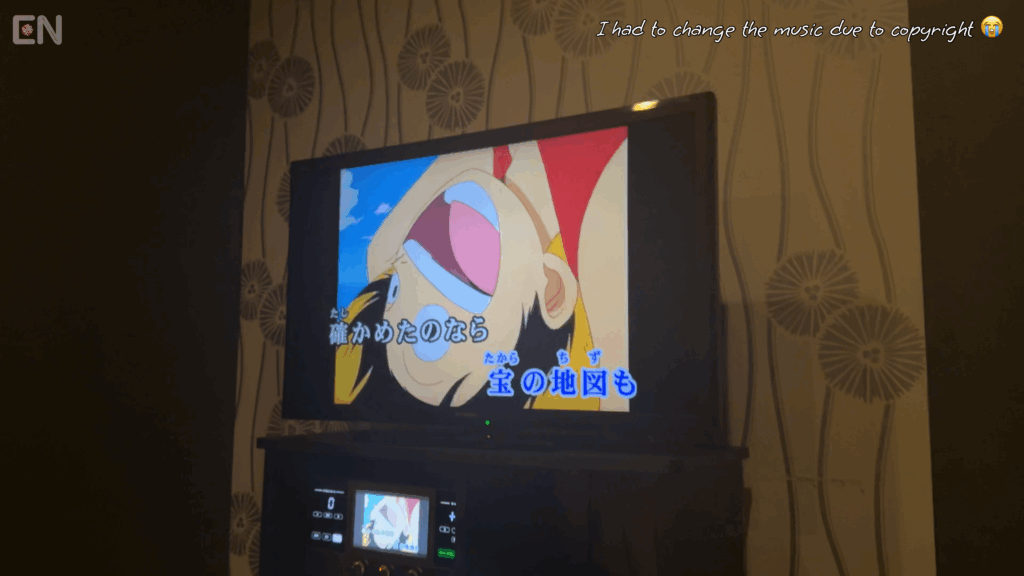
You need to book in advance by writing your name and preferred time.
If you want to try karaoke, I recommend checking in early.
♨️Private Bath with Stone Sauna
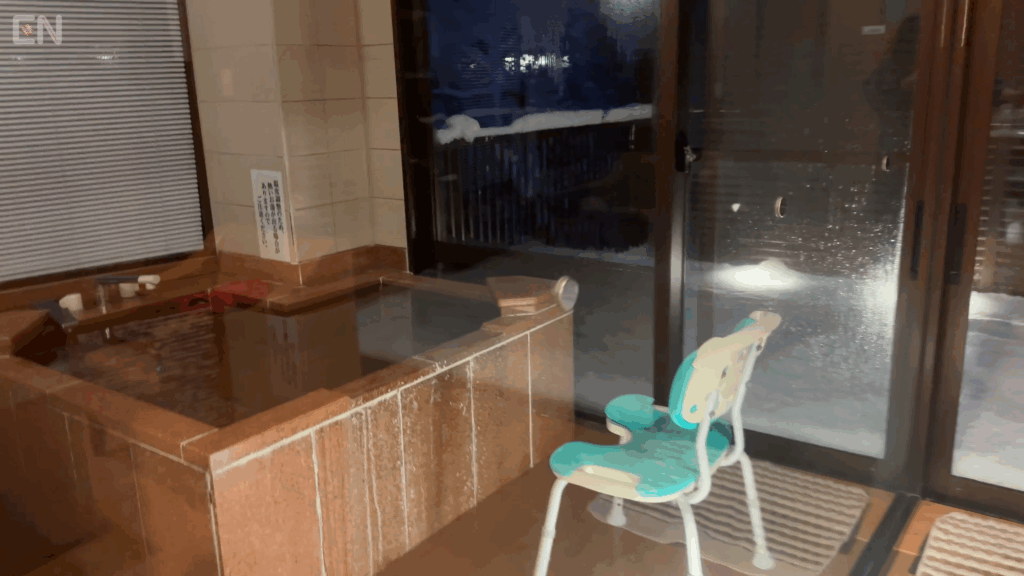
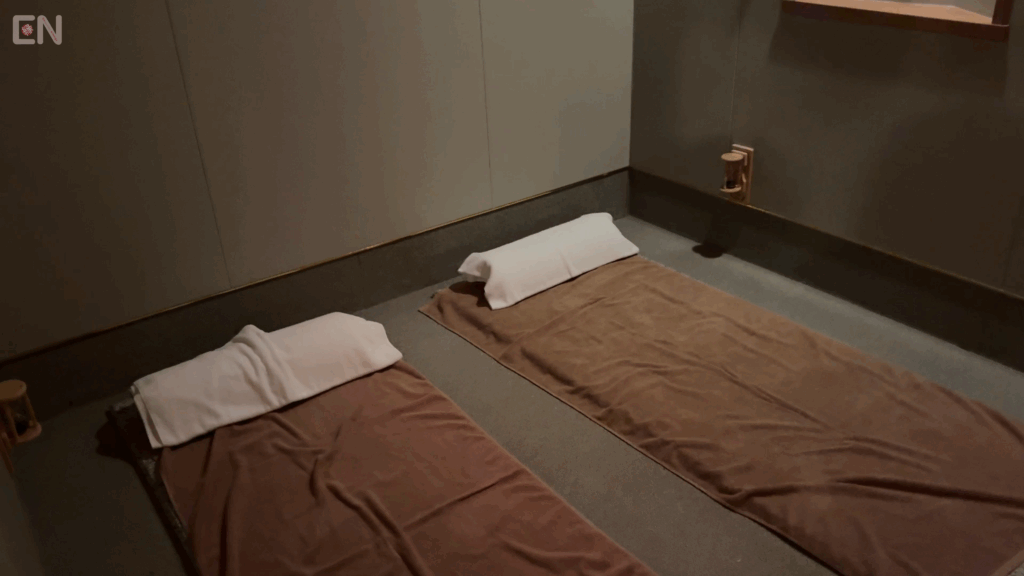
Costs 4,400 yen for 90 minutes (up to 4 people).
I especially recommend this for families, people with tattoos, or first-time onsen users!
🍚Buffet-Style Dinner with a Wide Selection of Dishes
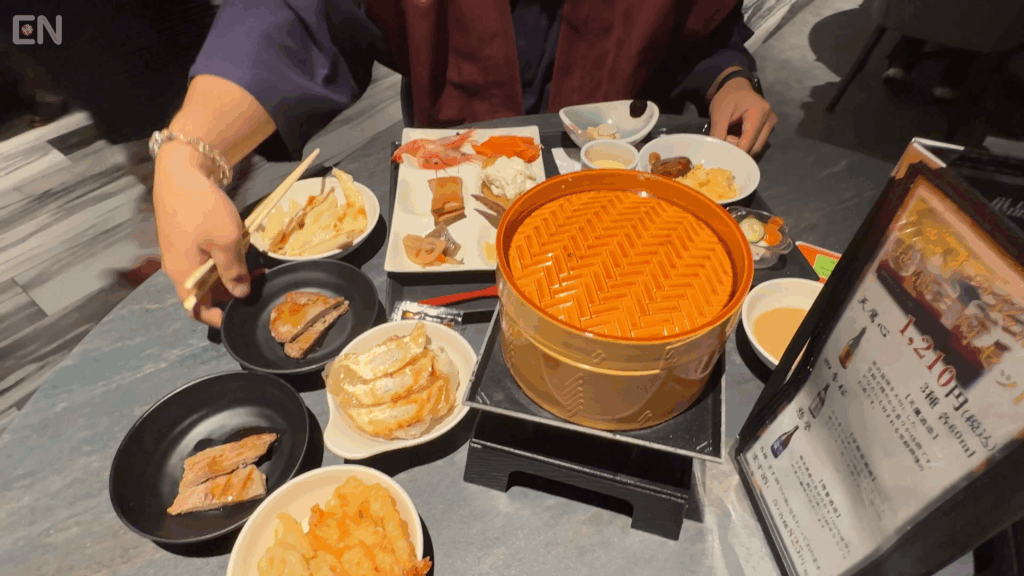
The food was so good that we couldn’t save room for later snacks…
🏓📚👾Playful Area Downstairs
They even have Ping Pong🏓, manga📚, and a small arcade👾!
They also have massage services and massage chairs, which we didn’t try.
日本語クイズ | Japanese Quiz (At a Hotel):
❓ How do you say “I have a reservation for ~nights under [name].” in Japanese?
「~泊で予約した [なまえ] です。」(~ haku de yoyaku shita [Name] desu.)
The counter 〜泊 is used to indicate how many nights you are staying at an accommodation, but some numbers and readings of the kanji can be tricky!
Here’s a quick guide:
🔢 1泊(ip-paku)、2泊(ni-haku)、3泊(san-paku)、4泊(yon-haku)・・・
You can use this phrase:
「~泊予約で [なまえ] です。」(~ haku yoyaku de [Name] desu.)
❓ How do you say “I want to book for the private bath, please.” in Japanese?
「貸切のお風呂を予約したいんですが…。」(Kashikiri no ofuro wo yoyaku shitai n desu ga…)
You can use this phrase:
「貸切のお風呂、予約できますか?」(Kashikiri no ofuro, yoyaku dekimasu ka?) → “Can I book the private bath?”
🌟 Tochigi Tourism Map – Free Special Guide!
I created a special list of our favorite places in Tochigi Prefecture (including some spots we didn’t get to visit) where Kinugawa and Nikko are located!
This free map is made to help you plan an itinerary full of fun and memorable experiences—hope you enjoy it!
まとめ | Summary
From relaxing hot springs to stunning temples and delicious local treats, Kinugawa and Nikko made our anniversary trip unforgettable.
We hope this inspires your next Japan adventure!
💬 We’d love to hear from you: Have you been to Kinugawa or Nikko?
Or is there a spot on your Japan bucket list you’re excited to visit?
Share your thoughts in the comments below!
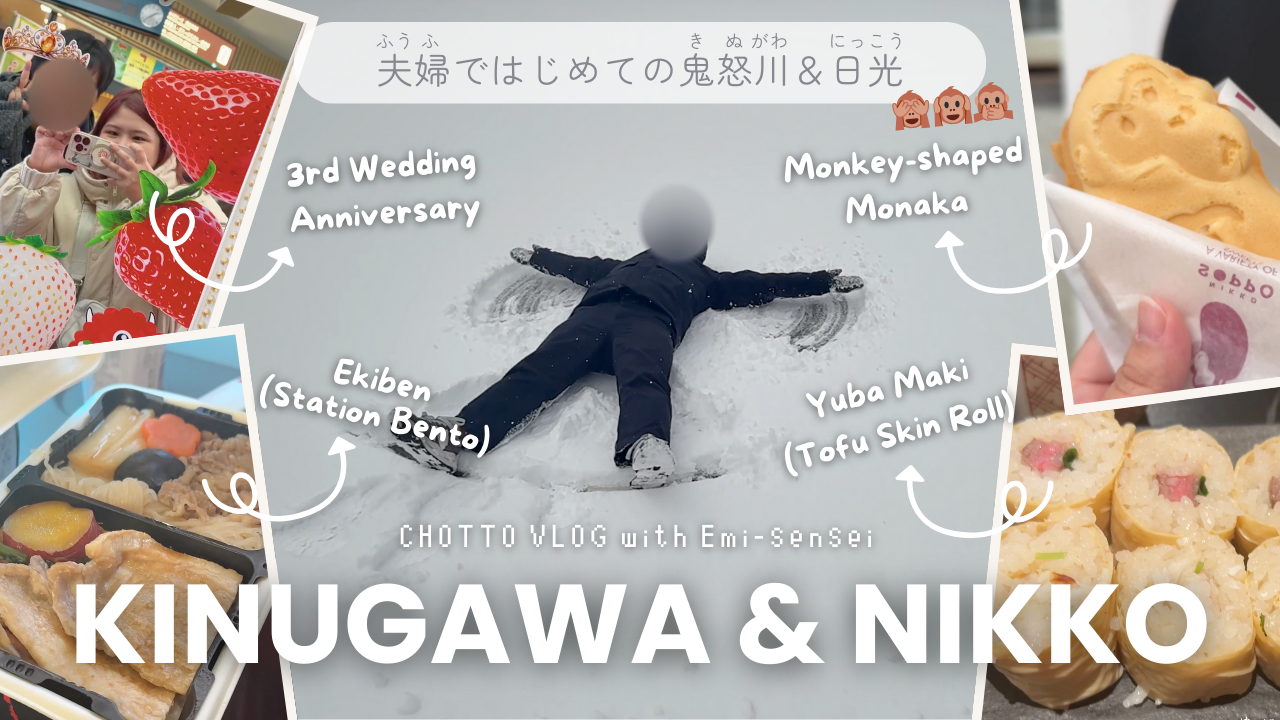
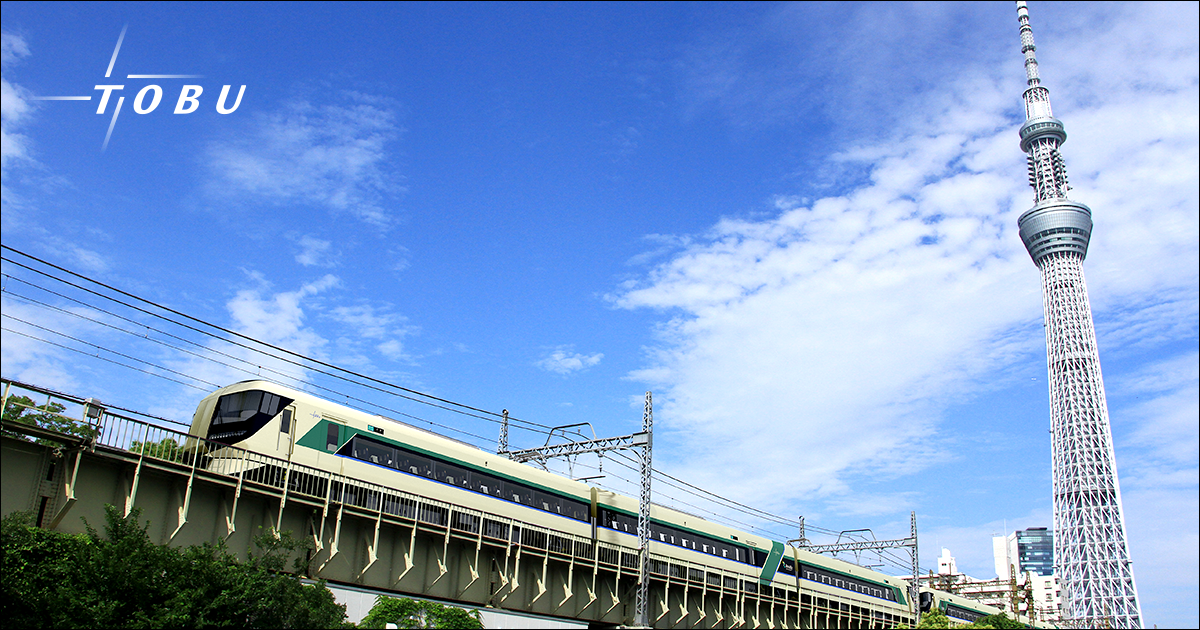
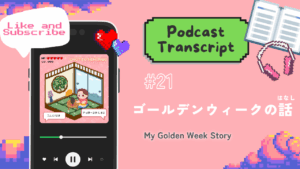
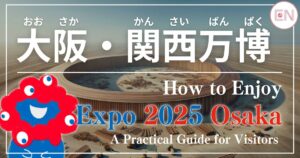
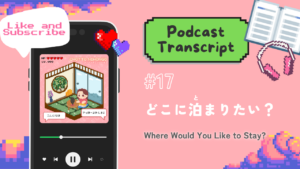
コメント|Comment